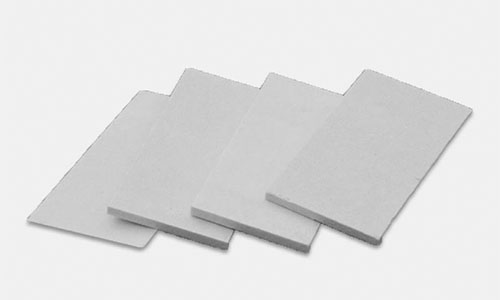
- Home
- Industry News
- Industry News
Refractory Ceramic Fiber
Refractory fiber is a new type of fibrous refractory material. It has the characteristics of general fiber, such as softness, high strength, and processed into various ceramic fiber belts, ceramic fiber threads, ceramic fiber ropes, ceramic fiber blankets, ceramic fiber felts, etc., and has the high temperature resistance and corrosion resistance performance that ordinary fibers do not have, and most of the refractory fibers are anti-oxidation.

Refractory fiber usually refers to fiber materials whose service temperature is above 1000~1100C, while asbestos, mineral wool, etc.
Ceramic fiber has long been used as a building material. Broadly speaking, they should also be regarded as refractory fibers, but mostly used below 600C.
1. The classification and use temperature of refractory ceramic fibers are as follows:
Refractory ceramic fibers can be divided into two types: amorphous and polycrystalline according to their microstructure:
Amorphous refractory fibers are aluminum silicate fibers with Al2O3 content of 45% to 60%. Fiberized by high temperature solution.
It is produced by quenching in the process, with an amorphous glassy structure of the star. Fiber weighing made of natural raw materials (kaolin or refractory clay)
It is ordinary aluminum silicate refractory fiber; the fiber made of pure alumina and silica as raw materials is called high-purity aluminum silicate refractory fiber;add about 5% of chromium oxide is called chromium-containing aluminum silicate fiber; Al2O; content of about 60% is called high-aluminum fiber.
Polycrystalline refractory fiber is mainly mullite fiber with Al2O3 content of about 70%, and Al2O3 content of about 95% of alumina fiber and zirconia fiber. This type of fiber has a microcrystalline structure, and the grain size is mostly tens of nm. Polycrystalline resistant.
The manufacturing methods of fire fiber include colloid method and precursor method.


